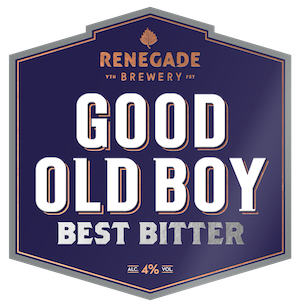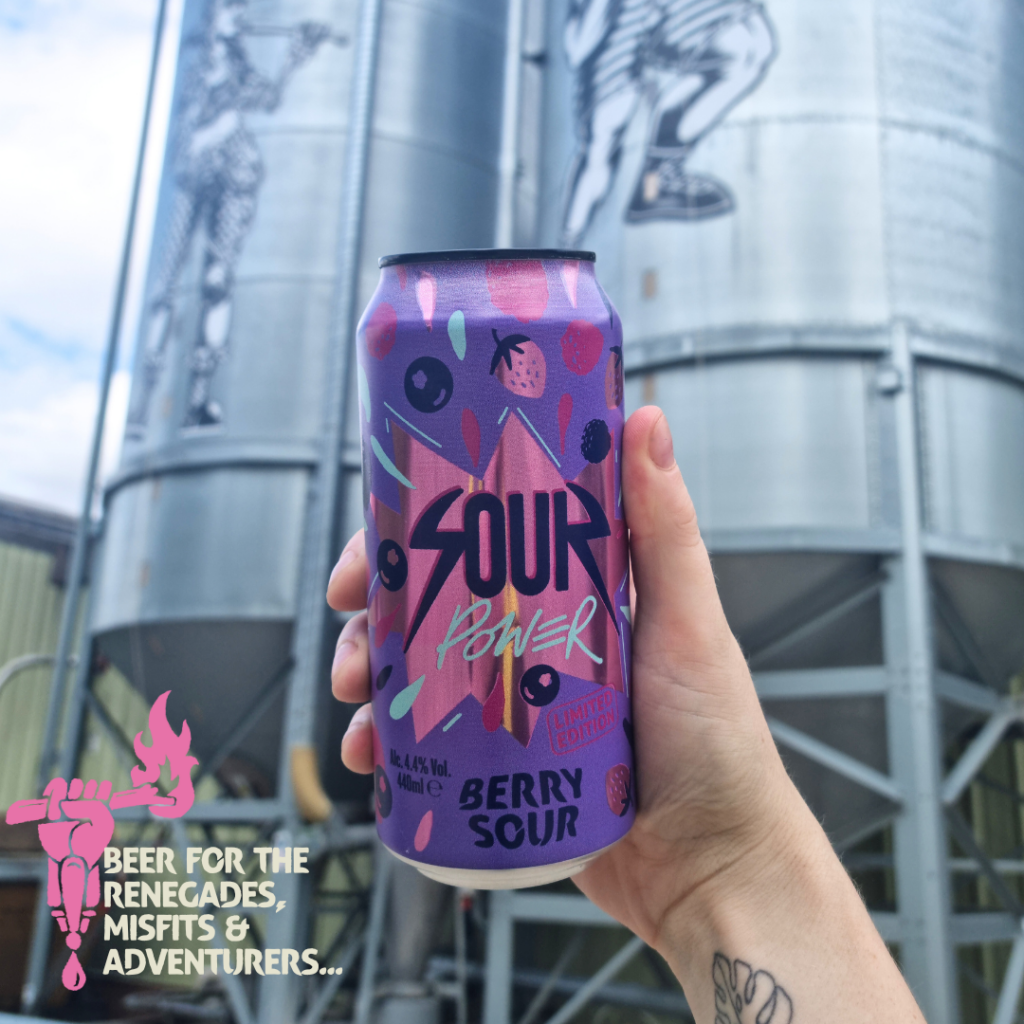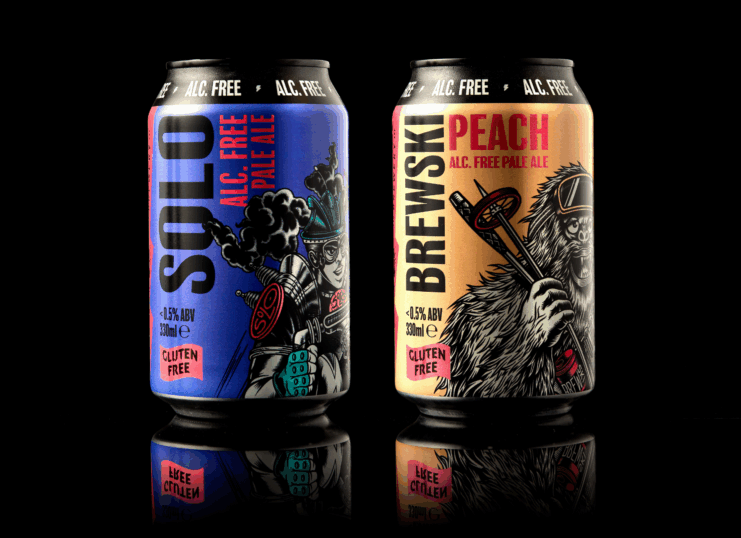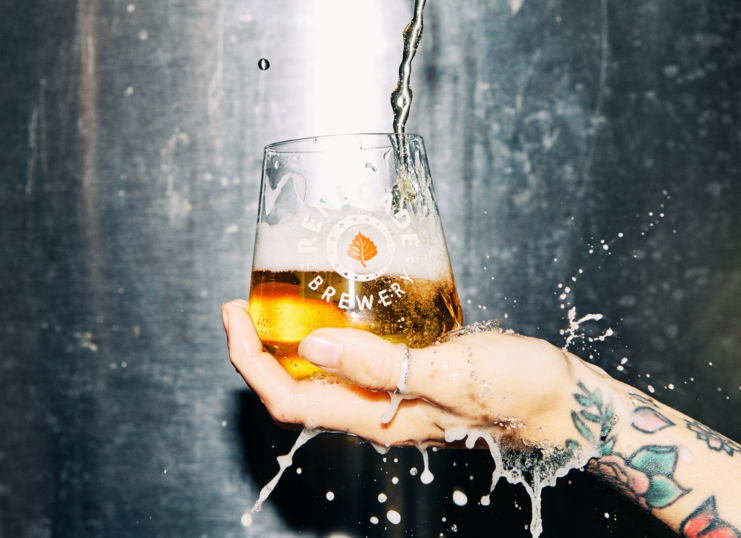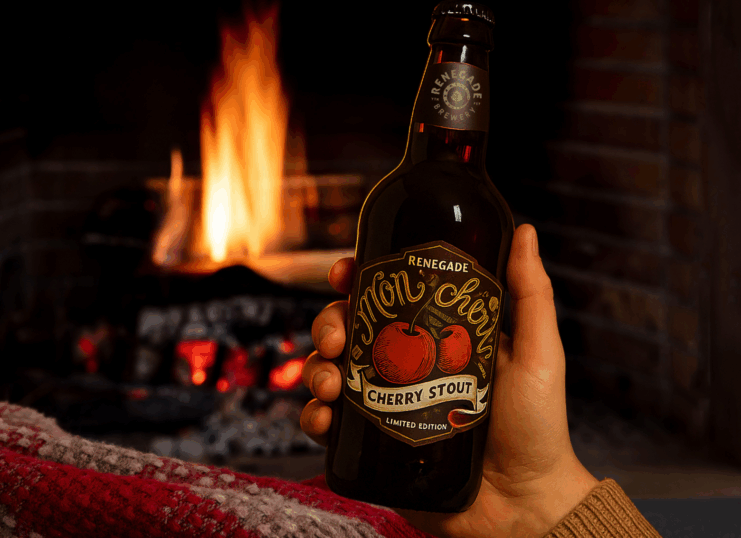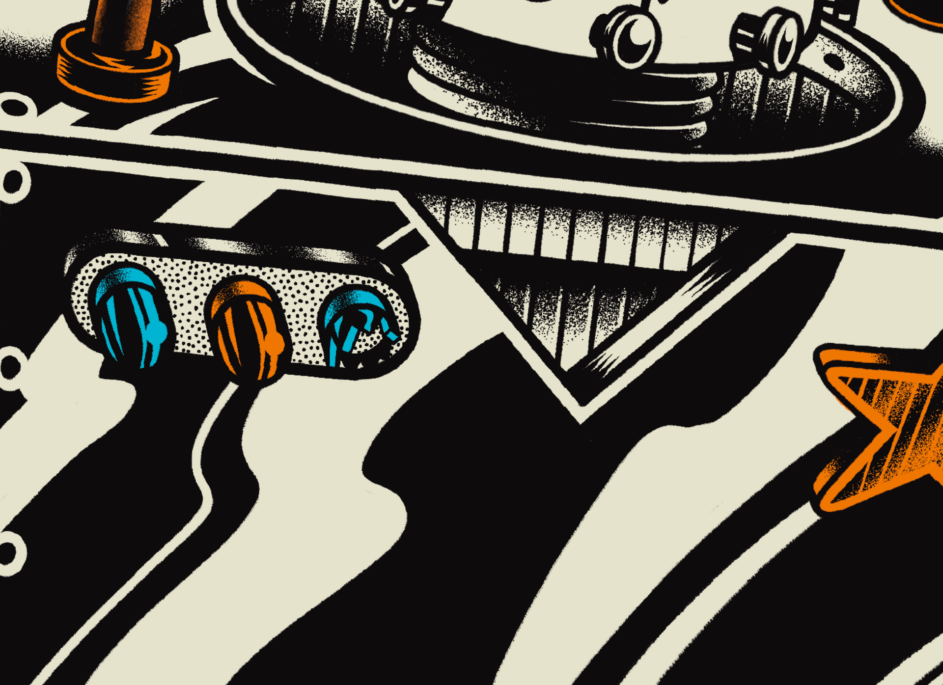
Sour Power is our first ever sour beer release. Jam-packed with raspberry, blackberry and strawberry flavours. At 4.4% this beer is tart and mouth puckering, balanced with a slight sweetness. The perfect beer to see off the summer and cleanse your flavour pallet for the winter.
Sour beers have been around as early as the 18th century, but not always quite the same as the sweet, mouth puckering crazy sours we see today. So where did they come from and how did we get to what we see on the shelves now?
Sour beers were actually more of a happy accident than a purposeful experiment. Brewers would notice ‘spontaneous fermentation’ in their brews, in which the yeast-build of beers would lead to naturally occurring bacteria such as lactobacillus (same bacteria found in yogurt, turns sugars into lactic acid) and perdiococcus as well as Brettanomyces (a wild yeast strain that ferments slowly and contributes to the flavour that brewers describe as ‘funk’). All of these bacteria are responsible for the distinct tart taste of sour beers.
Brewers in Brussels harness this spontaneous fermentation process and adapted it into the style that we know now as the ‘Lambic’ this beer is very different to today’s fruited sours. The beer was typically aged in wooden casks for over a year. The flavours of these beers are described as almost cidery, dry, barnyard-y with a tart finish. Lambics are unblended products, where as the beer style Gauze is a blended brew of old and new Lambic that is then left to re-ferment in bottle.
The introduction of the Lambic style of beer inspired a more fruit forward direction, resulting in the Flanders Red Ale, a product of the West Flanders region of Belgium. Bringing with it flavours and colours of plums and cherries. These fruited brews became popular with drinkers from all over.
As the hype of sour beer moved beyond boarders more brews began to develop. Germany had just as key a part in the development of what we now understand as the sour style. Two key styles to come from Germany include the Berliner Weisse and the Gose. Both styles relied heavily on the spontaneous fermentation alike the process of Lambics. However, with the addition of malted barley in the boil, along with salt, various spices such as coriander and citrus fruits. The Berliner Weisse, as per its name was a popular beer in Berlin. Popularity of the beer style rose due to its inclusion of heavy fruit flavours such as the use of berry syrups. The simple Berliner base with its tartness and low ABV meant it was easily possible to explore various fruit flavours.
As the beer style developed further and emerged over seas. Breweries moved away from the traditional spontaneous fermentation, instead they boiled the beers in large steel kettles and added artificial yeast and bacteria strains to achieve the sour profile. Introducing the term ‘kettle sour’, this brewing process not only enabled breweries to brew the beer quicker and in larger quantities, but opened up the style to even more creativity and exploration. Resulting in the types of sour beers we see on the market now.
Why not give Sour Power a go?
